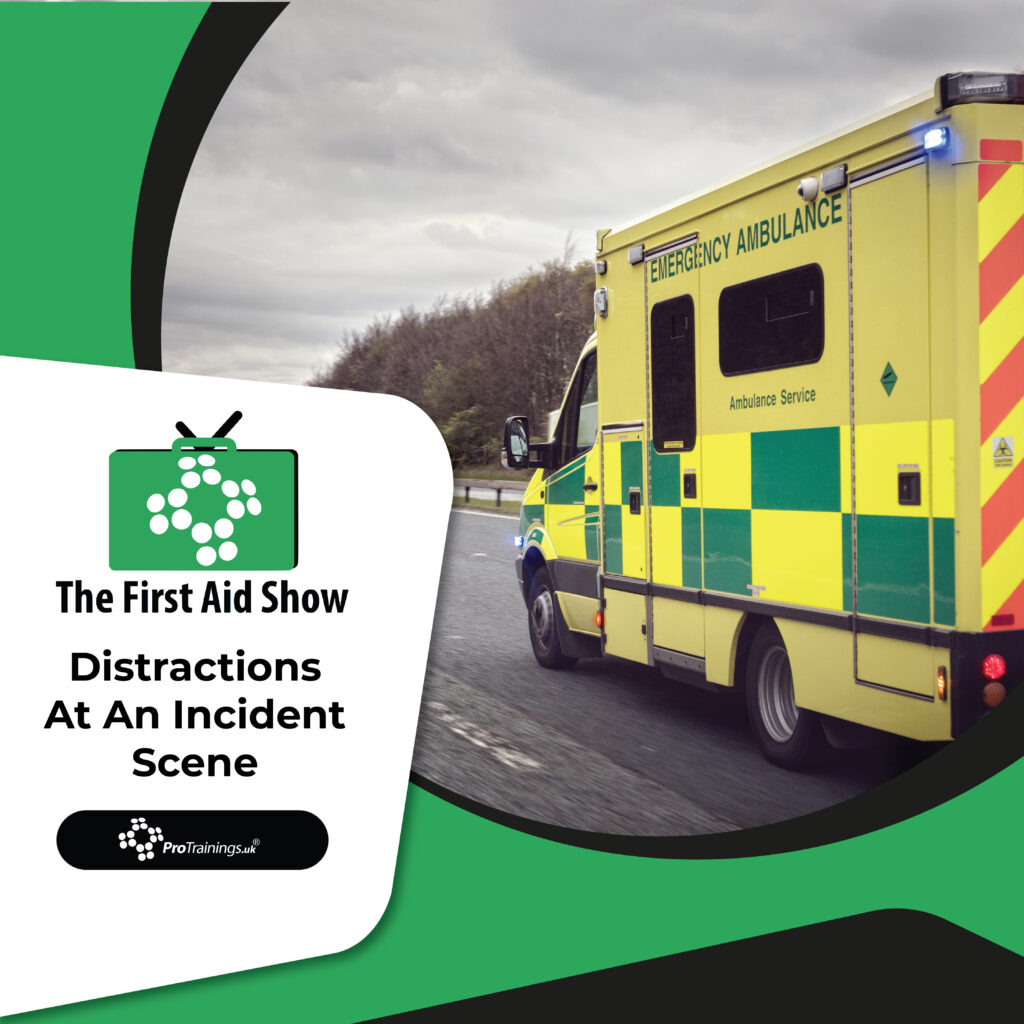Effective Strategies to Minimise Distractions at an Incident Scene
In emergency scenarios, first aiders and medical professionals often encounter numerous distractions that can impede their ability to provide optimal care. This edition of the First Aid Show focuses on understanding and reducing distractions at an incident scene, as explained by an experienced paramedic.
The Impact of Distractions on Emergency Care
During professional training, a key topic of discussion is the variety of distractions that can ‘soak up your bandwidth’, diverting attention from critical tasks at hand. Distractions can range from ambient noise, such as televisions and music, to conversations happening around you and even the presence of animals. These distractions can significantly impact your focus and decision-making ability.
Practical Steps to Reduce Distractions
Addressing distractions at an incident scene is crucial for maintaining focus and ensuring patient safety. Here are some actionable tips:
- Turning off electronic devices like televisions and radios to create a quieter environment.
- Politely asking bystanders to hold conversations away from the scene or to speak quietly.
- Managing any animals present to ensure they do not add to the distractions.
A Real-World Example: The Challenge of Staying Focused
Illustrating the challenge of distractions, a paramedic recounts an experience in a bingo hall where ongoing game announcements made it difficult to concentrate on calculating a patient’s required medication dose. This example highlights how external factors can consume your attention, underscoring the need for a distraction-free environment.
Crafting a Calmer Incident Scene
By actively reducing distractions at an incident scene, first aiders can foster a calmer, more controlled environment. This not only aids in making precise decisions but also contributes to the overall efficacy of emergency care.
Conclusion: Enhancing Focus in Emergency Situations
Understanding and mitigating distractions at an incident scene are paramount for first aiders seeking to provide the best possible care. Implementing simple measures can drastically improve focus and patient outcomes during emergencies.


